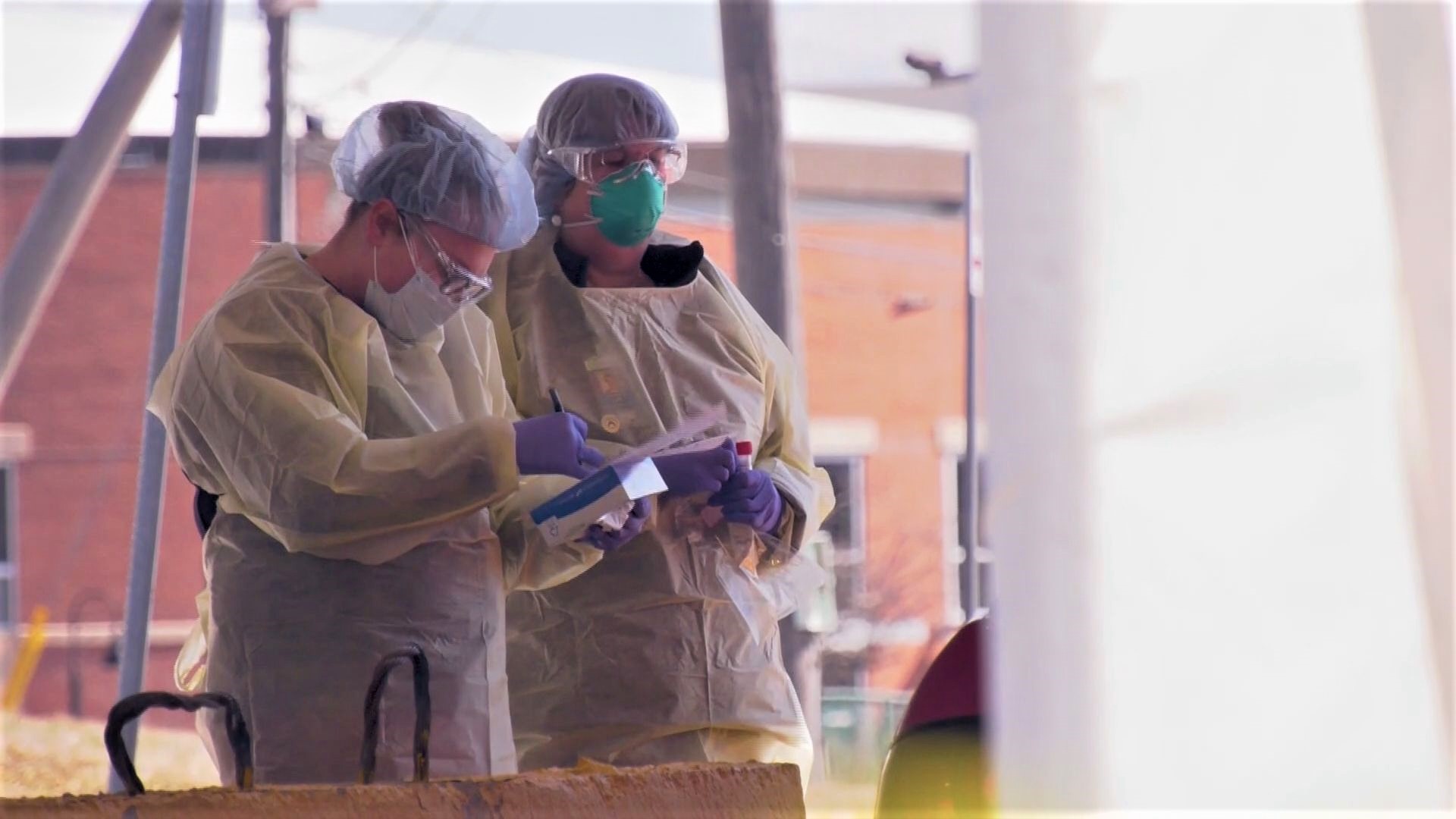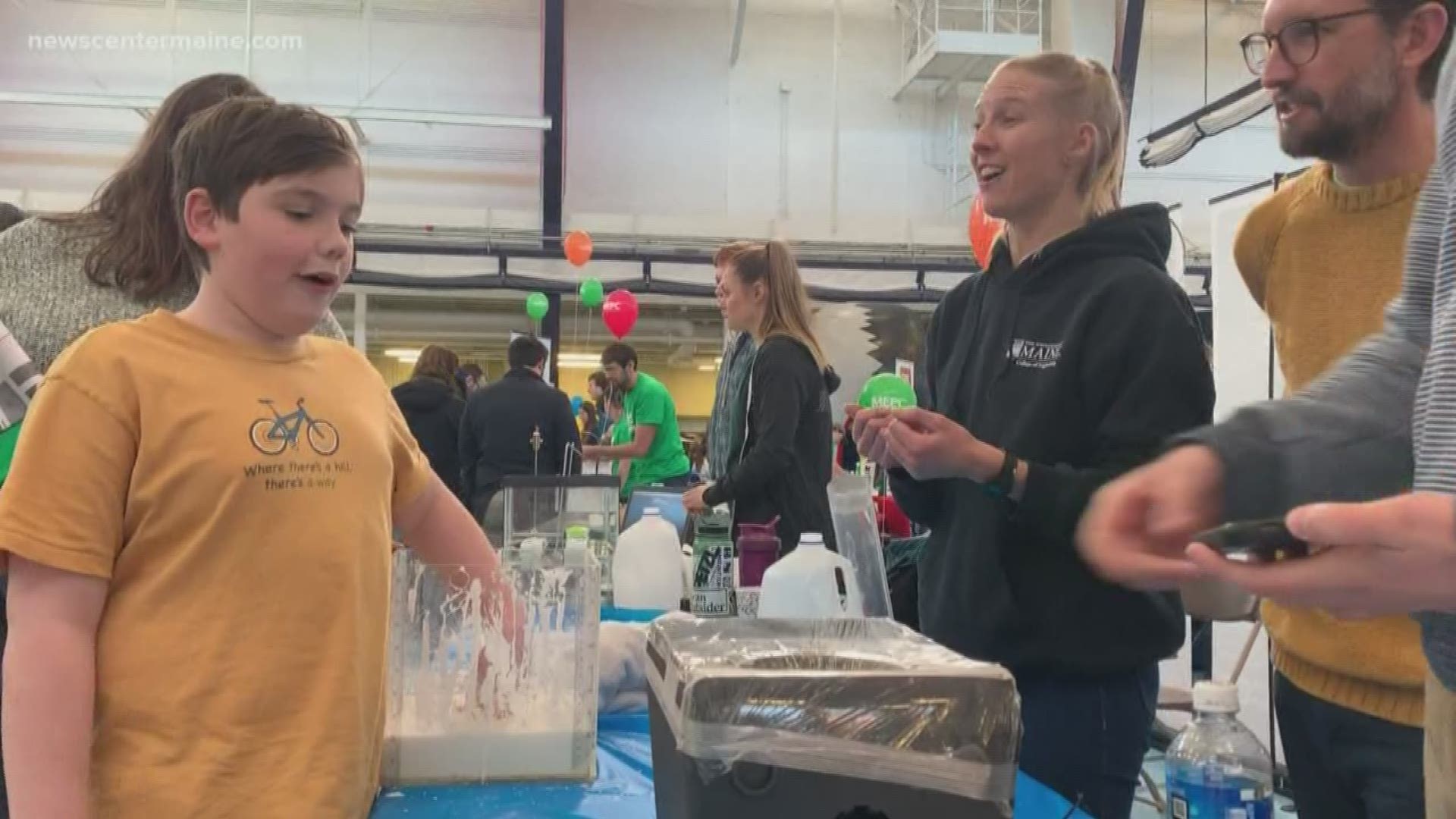PORTLAND, Maine — More than 50 Baxter Academy students and alumni are joining Jonathan Amory‘s “emergency engineering effort to ease the states ventilator shortage" amid the COVID-19 pandemic, explained an email sent to the Baxter community on March 23.
Amory is an engineering teacher at Baxter Academy for Science and Technology, a STEM school in Portland. He said this project would be “a great learning experience for students.” Joining current Baxter Academy students are past students of Amory’s from Baxter and Freeport High School, including recent graduates from schools such as the University of Maine, MIT, and Princeton.
Students are actively participating at each stage of the design project. The group effort allows many ideas as well as different levels of expertise to be brought to the table.
Amory and his team have begun work on a ventilator that would be robust and easily mass produced. The ventilator would be built using mostly off-the-shelf materials and smaller components, such as brackets, that could be made using the schools 3-D printer.
The goals:
- Build this out of off the shelf components that can be easily sourced
- Do not harm - built in such a way that if it fails it will not harm the patient (to the best of our abilities)
- Meet the necessary requirements to be a serviceable ventilator without added complexity
- Durable and robust
- User-friendly controls
Conversations with staff at Maine Medical Center and communication with the Maine CDC have already taken place and both have expressed interest and encouraged him to continue his efforts.
Initially, Amory began funding the production of the ventilator on his own. But once the Baxter community heard of the effort, generous donations began pouring in. Nearly all of the projected costs have been covered, but it’s the messages from the community that are most encouraging:
- “Thank you Jon and Baxter for rolling up your sleeves and putting your time to great use and trying to solve a critical challenge.”
- “Excellent project- thank you for your effort.”
A prototype in the engineering world is defined as an operating version of a solution. Our state, and our nation, does not have enough ventilators to meet the demand caused by the impact of the coronavirus pandemic.
While some of the materials needed are in short supply, they are currently still available. All things considered, Amory has a tentative prototype completion date estimated for the first week in April.
Amory has met with respiratory therapists at Maine Medical Center to discuss the requirements of a ventilator. Once the prototype is completed, it will be brought to Maine Medical Center to be tested on a set of demo lungs that are on site.
Specs of the ventilator are as follows:
User input on a control panel:
- O2 level: range 20-100%, increments: 10%
- Tidal volume: range: 200-1000 ml, increments: 10ml
- Respiratory Rate: 5-20 Breaths/Min, increments: 1 b/m
- Inhalation rate: .5-2 Sec, increments .1 sec
- Peep pressure: 5-10 Cm of h2o, increments - 1 cm of h20
Mechanical systems:
- One 2.5”bore, pneumatic cylinder will provide flow to the patient.
- The cylinder will be driven by ball screw - drive by an industrial DC motor
- Motor feed from Encoder on ball screw - end limits via hall effect sensors
- The volume of are will be determined by the stroke of the cylinder
- The inhalation rate will be determined by the upstroke of the cylinder
- The respiratory rate will be determined by a full cycle of the cylinder
- The cylinder will pull air from a mixing chamber with an O2 sensor
- mixing chamber O2 level will be controlled by solenoids on O2 line and airline
- Pop-off valve will prevent excess pressure in the lungs
- Peep pressure will come from an air tank with a scuba regulator
- Scuba regulator’s peep will be determined by deep submerged in H2)
- The pressure delivered to the patient will be measure on a Manometer
Control system:
- Raspberry pi running Python
- Motor controller - Talon SRX
- Encoder - throughbore magnetic encoder
- Gui - screen to display output - 4 rocker switches for inputs
“This is the promise of Baxter Academy, using STEM to solve problems for our community.”
About Baxter Academy:
Baxter Academy is a rigorous, college-preparatory high school promoting student ownership of learning through curriculum focused specifically on science, technology, engineering and math (STEM). Baxter Academy students study complex, real-world problems, using and building technological tools in a collaborative environment with scientists, engineers and other professionals.


